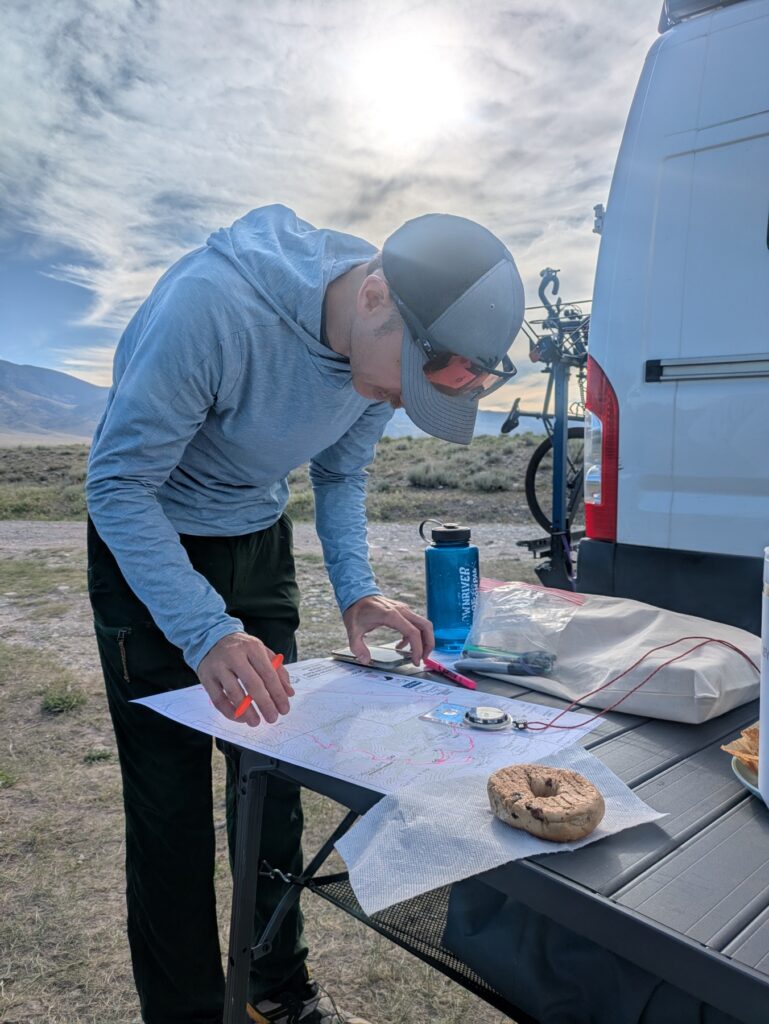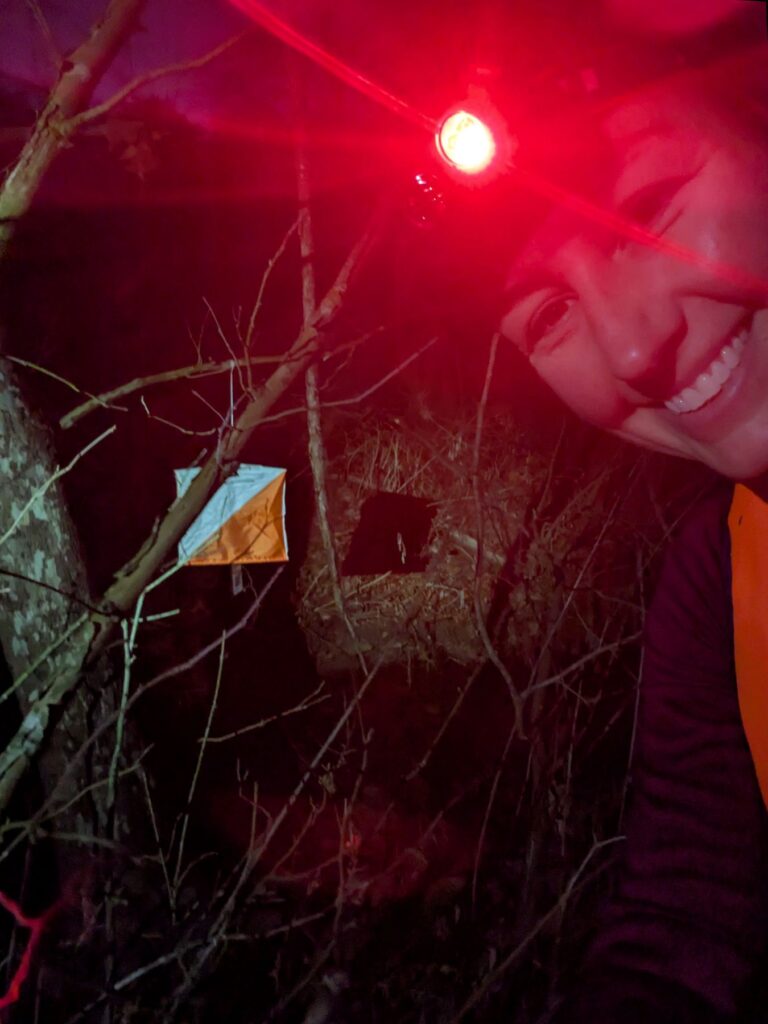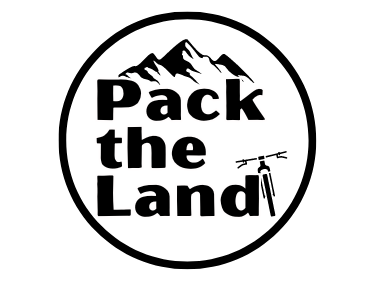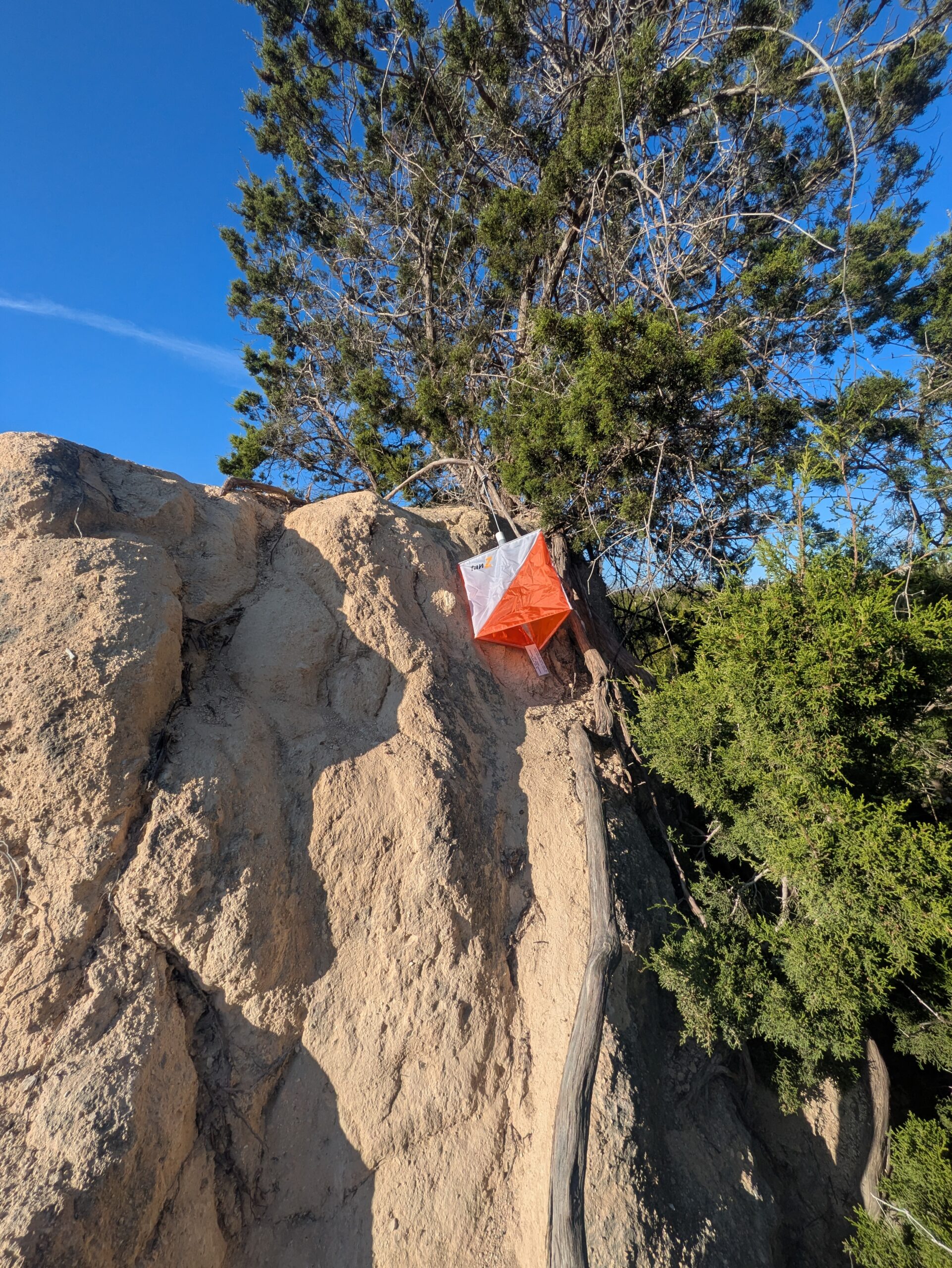We talk about adventure racing a fair amount on this blog. It’s vastly underrated and far out of the mainstream. I was well into my mid-30s before I even heard of the sport — and I considered myself a pretty outdoorsy person. But once we discovered it? Game over. Or rather, game on. Because few things have pushed us (mentally, physically, and navigationally) like this wonderfully weird mashup of endurance sports and outdoor chaos.
So…what is an adventure race?
The simplest way to describe it? Think of it like an off-road triathlon — if the course was unmarked and your only guide was a topographic map and a compass you’re hoping you’re using correctly.
Adventure races combine multiple outdoor disciplines, typically:
- Paddling: canoe, kayak or raft
- Trekking: hiking or trail running, sometimes bushwhacking and trying not to get lost
- Biking: mountain biking with some hike-a-bike sprinkled in

Some races also throw in ropes, canyoneering, swimming, or memory challenges — because why not? We’ve also seen “build your own raft” and hope it floats to a checkpoint across the river.
Adventure racing is not in any particular order like an actual triathlon. You might start on foot, then bike, then paddle, then bike again, then… lose your s*** when you realize you’ve lost the kayak fin and have two more paddle segments left. (Ask us how we know).
Race Lengths: From “I Could Do That” to “What Are You Thinking”
Adventure races range from:
- Sprint races (3–5 hours): Great for beginners. You’ll still get lost.
- Mid-range races (8–24 hours): What we mostly do — enough time to bonk and bounce back.
- Expedition races (multi-day, continuous): The stuff of legends (and documentaries). You race continuously, day and night, with sleep as a strategic decision.
- Stage races (multi-day, with overnight breaks): These are popping up more. You finish a course each day, sleep in between, and repeat. Still brutal. Slightly more civilized.
What Makes Adventure Racing Special?
Navigation Required: This isn’t a “follow the arrows” kind of race. It’s up to you and your team to plot your own course using the maps provided. In some races, the checkpoints aren’t even pre-plotted. You get the coordinates, you plot them, and you hope like hell they’re accurate. But that’s part of the fun.
Strategy Matters: Some races don’t expect you to get every checkpoint. You plan based on time, terrain and the sanity of your team. Yes, you want to get them all, but we’ve found a lot of our recent race directors build these courses so that teams don’t get all the checkpoints.
Team-based fun (kind of): Most races are done in teams of 2-4. You have to stick together, support each other, and not lost your clue sheet. Again, ask us how we know.

We don’t see a lot of husband / wife teams. Probably for good reason. But we enjoy the hell out of these races and always come back with stories. Mostly about Laura’s mid-race meltdowns.
Big adventure, great community: Whether you’re a top team or finishing last, there’s a shared sense of grit and camaraderie out there. See a team having trouble with a checkpoint? Suffer from a mechanical failure? Someone always has your back. Yes, it’s a race, but competitors are always there for each other.
And don’t jet off right after your race ends. That’s the best time for swapping stories, comparing strategies and learning best practices.
Why We’re Hooked
Adventure racing is part Type 2 fun, part problem-solving, part taking your bike for a walk. It’s hard. It’s messy. It’s so much fun. You’ll use every ounce of endurance, brainpower, and stubbornness you’ve got. But you’ll also see places and sides of yourself you wouldn’t otherwise.
It’s the reason Pack the Land exists — we’re not elite racers or expert navigators. We’re just two amateurs (and one tiny dog) chasing checkpoints and adventure weekends.
Want to Try It?
Here’s where to start:
- USARA.org – Find beginner-friendly races in your area
- “Adventure Racing Discussion Group” on Facebook – It’s where the community hangs out, race directors promote their races and gear gets dissected. For the ladies, “Women of AR” on Facebook is also a great resource.
- Your local orienteering club – Great way to learn the navigational side of things. Also, read the book Squiggly Lines.
- And of course, Pack the Land – Honest race recaps, gear fails, and hard-earned lessons. Shameless self-promotion, we know.
Got questions? Reach out. We’re happy to share what we’ve learned (and warn you what not to do).

